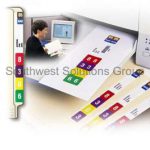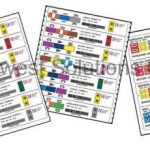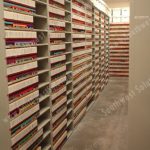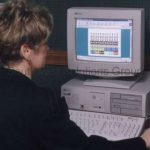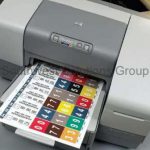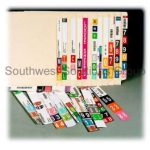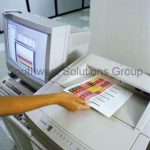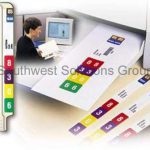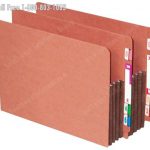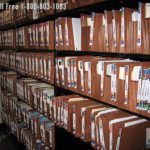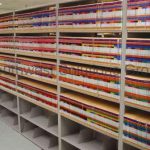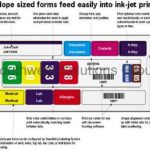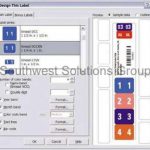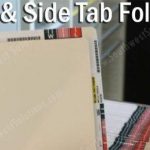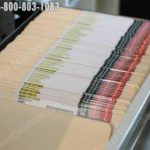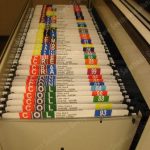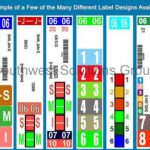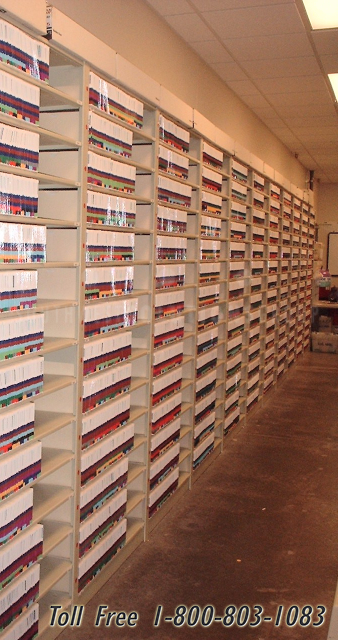 One of a successful company’s unheralded but critical components is a robust and well-functioning methodology for a paper filing system. The consequences of failing to address this critical aspect can range from frustration and inconvenience to legal, financial, auditing, and tax issues.
One of a successful company’s unheralded but critical components is a robust and well-functioning methodology for a paper filing system. The consequences of failing to address this critical aspect can range from frustration and inconvenience to legal, financial, auditing, and tax issues.
If you do not have a professional filing system to organize paper files, this can also impact daily business operations in wasted time searching for information, lost revenue, and poor customer services. A top-quality paper filing system is especially critical for organizations that handle receipts, invoices, work orders, and similar paper documents. So, wondering how to organize filing?
Creating an organized filing system with paper and files can seem daunting, and, yes, the process will require planning and organization. There are important decisions to make concerning the structure of the paper filing system, the degree of granularity to class information, standards to define information types, and the storage method. Selecting the proper components is essential to develop an effective paper filing system that will be suitable and one that employees will appreciate and utilize. Information should be easy to file and simple to find.
Once you have set up the paper filing system, care must be taken to maintain the system to ensure continued effectiveness. Do not forget when you are organizing the paper filing system; you will need additional space for files to grow. It is critical to leave enough space for your physical files to expand; otherwise, the time will come when you will have to relocate entire sections or possibly a file drawer to make room. This article discusses paper filing systems, office file organization ideas, and contains these topics:
- Office Filing System Categories
- File Color Codes
- Label Preparation
- File Shelves and File Cabinets
Office Filing System Categories
One of the first decisions facing you is the fundamental organization of the paper filing systems for the office. Different environments will require different categories, but the basic concept will be the same. You can choose to configure the filing system numerically or alphabetically, and both have advantages and disadvantages.
Whether you select an alphabetic or numeric system, the option is available to implement RFID and barcode tracking. RFID tracking helps you monitor and locate physical files regardless of their location in the filing system. Utilizing barcode tracking and RFID helps streamline processes to achieve higher productivity and maintain data security. Another component of this process is how to classify papers.
Do you want to group by expenses, taxes, finances, marketing, and similar categories? These are factors in designing your paper filing system and having proper office file organization.
Alphabetic Filing System
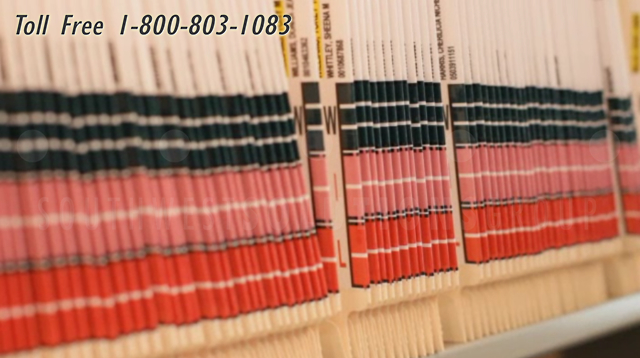
This method is easier to implement since anyone who knows the alphabet can use this system, although it does have limitations. The drawback of this system is that the number of files grows to several thousand. The sheer number of files increases the chances of closely similar file names and confusion when they are different by seemingly innocuous changes such as the beginning word of “The,” “An,” or “A” at the beginning of a name or title. This can cause headaches both in filing and retrieving information.
Another common problem when filing material with thousands of records is remembering whether to file using the first name instead of the last name. The alphabetic system also does not offer the option to cross-reference data, and it is easy to misfile.
Numeric Filing System
The better approach to organizing a paper file system is the numeric method. The primary advantage of using numbers is that each file is indexed by a unique number; each file has only one possible location in the system.
Most organizations use numbers, invoices, transactions, accounts, SKUs, or case identifiers, so adapting a numeric filing system is logical. A significant advantage of a numeric filing system is the cross-reference index, which allows users to look up files quickly and this helps ensure the accuracy of the record. These numbers are assigned and tracked using computer software, which makes it easy to locate a file. Typically, the financial and medical fields use numeric paper filing systems to ensure confidentially of information.
File Color Codes
After selecting broad categories for the information, you can define subcategories within the major categories. These subcategories are typically quite specific and routed into separate files to avoid data from being lumped together with other data that contains different purposes. A nice technique to sub-divide categories is to use color-coding and labels. You can decide to assign different colors to people, tasks, purposes, or major categories. For example, you can assign the color of green to finances and assign the color of brown or purple to product research. You can easily incorporate a numeric system and file color codes to assist in finding information. Following is a way to use colors to differentiate sub-categories in a filing system. You can use this approach or brainstorm your color scheme.
- Red – (Aggressive – Energy and Power) Critical information
- Orange – (Dominate, Attention – Wisdom, Wealth) Long-term projects
- Yellow – (Happiness – Positive, Hope) Tasks or ideas
- Green – (Fertility, Growth – Money) Finances
- Blue – (Trust – Intelligence, Focus) Presentations, networking, presentations
- Purple – (Creative – Royalty) Creative ideas/brainstorming
- Pink – (Compassion – Love, Compassion) HR
- Black – (Prestige – Power) Important events and/or news
- White – (Success, Perfection) Marketing, Meetings, Announcements
The objective of using a color-based labeling system is to keep related files in proximity to each other. Apply this technique to each group of files until you have labeled every file in each major category.
As a thought, it is not necessary or cost-effective to utilize different colored folders in your file system. Instead, acquire a plain, manila folder and affix multi-colored labels to the top tab or along the edge of each separate folder (or both) to accomplish the goal of sub-dividing information.
Another consideration is the frequency you retrieve the same information. If, for example, there is a core group of files that you access daily, these should be nearby. If the information is required less frequently, you can store them in cabinets. This determination should not impact the color-coding system but will make daily life easier. The time may come when you will need different information, at which time you can move these files from the cabinet to nearby and move the now less frequently accessed information to cabinets.
Label Preparation
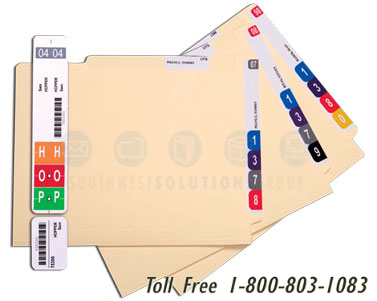
For example, a folder containing payments to vendors in an alphabetic system would have the label “Outgoing Payments / Vendors.” If the system is numeric, the file may have a three-number sequence “343434 / 1256 / 735” to represent outgoing payments, vendors, and the specific vendor to which the payment was made.
Designing and preparing labels for file folders is an easy desktop-based process that enables you to create and print professional-looking labels. Automated Color-Coded File Labeling allows you to print one-piece file folder labels plus color-coded labels and name label information from your desktop. Automated File Folder Labeling can print one-piece Top Tab file folder labels and Side Tab file folder labels. This eliminates printing name labels, wrapping multiple labels on each file folder, and having to maintain an inventory of individual labels. You can save time and money with a high-quality professional one-piece color-coded file folder label produced from your desktop. There are virtually no limits to the design of one-piece file folder labels. Experts can match any file label color, including Jeter, ColorTab, Barkley, Smead, Tab, and GBS, or match a special color used in your organization. File label designs can include printed text (in colors), colored alpha and numeric labels, images, barcodes, year labels, solid-colored labels, and unique classification labels unavailable on the open market.
Another option to using your desktop to produce labels is On-Demand Color-Coded Name Label software. This software provides a quick and cost-effective way to print one long color-coded name label for top tab folder labels, end tab folder labels, and multi-use labels from your printer. It also allows you to choose one of the standard label designs or create a label that meets your organization’s unique requirements. Once you’ve chosen a standard label design or customized one for your unique situation, open the software program with your username and password. The label print software is customized to match your label designs and print file folder labels from the data you input into the text boxes. When all the data is input, click Print Preview to preview and print a single label. You can review, edit, insert and delete data before printing the labels. The software also allows you to input data for multiple labels or import data from spreadsheets or databases to produce batches of labels.
File Shelves & File Cabinets
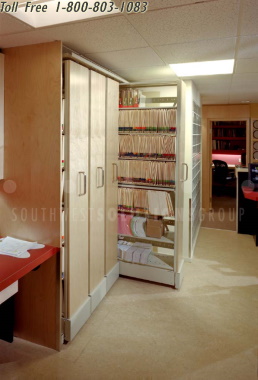
Open file shelving helps keep files more organized and in less space than lateral four-drawer file cabinets, and are more accessible so you can find information quickly. Unlike lateral file cabinets that require space for drawers, the vertical design of the open filing shelves occupies up to 60% less space and offers adjustable sliding storage shelves.
Alternative mobile shelving can store and organize your files in less space. The space-saving solution slides back and forth on tracks as you pull a handle, turn a crank, or push a button. They use far less space than static rows of shelving since the aisles compact to eliminate wasted capacity and give you better access to the available footprint. This storage technique reduces floor space by up to 66% compared to traditional lateral and vertical filing cabinets and allows use with new or existing shelving units.
Rotary cabinets can give you space-saving access to organized and secure files with a simple rotation. These cabinets allow flexible integration next to each other or against a wall to save space. To access materials, use the foot release pedal and rotate the storage filing system into an open position. You can also lock the cabinets to secure sensitive information. Rotary cabinets come in letter and legal sizes, ranging from counter height to 8′ tall.
Bi-File shelving contains cabinets two or three deep to save space and slide back and forth on tracks so you have safe access to the rear rows. To gain access to the back area, roll the front cabinets sideways until creating space wide enough to enter. This methodology saves space by removing the need for aisles between units, giving you more room for storage. You also have the option to configure the systems with new or existing shelf units and can add modules at any time to increase storage capacity.
Pull-out retractable shelves utilize a patented linear motion design to provide space savings, increased storage capacity, and more. The movable carriages slide in and out and use the natural egress aisle to provide you instant file access.
Because the shelving units operate independently, several users can access multiple shelving units simultaneously. You can also customize units with different depths and widths, as well as add and move units without disrupting the adjacent units.
 Office Storage Product Prices
Office Storage Product Prices
See specifications and pricing for sliding mobile shelving, rotary cabinets, file cabinets, security shutters, and more.
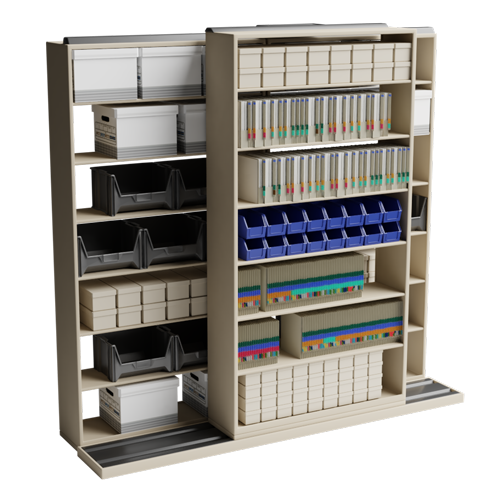
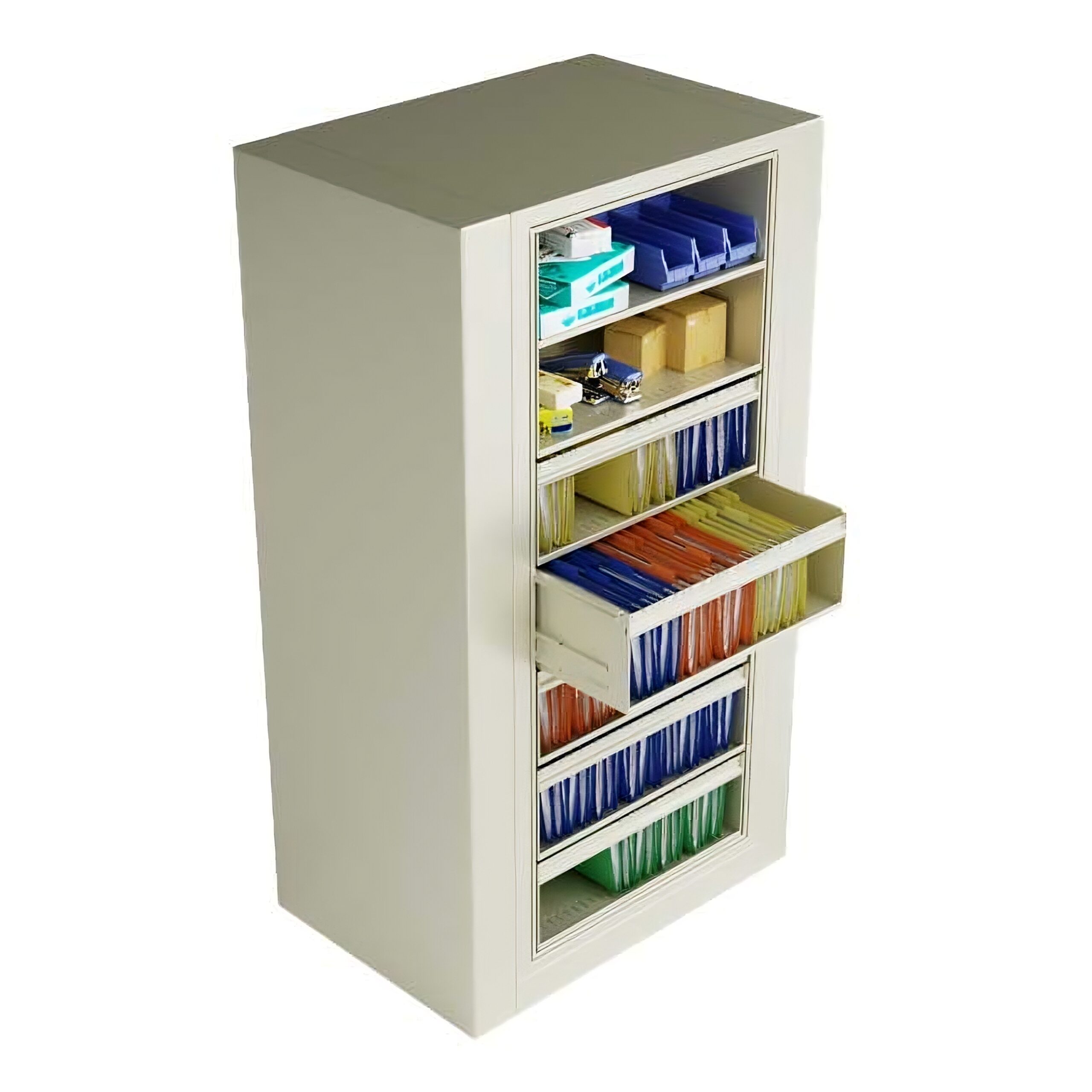
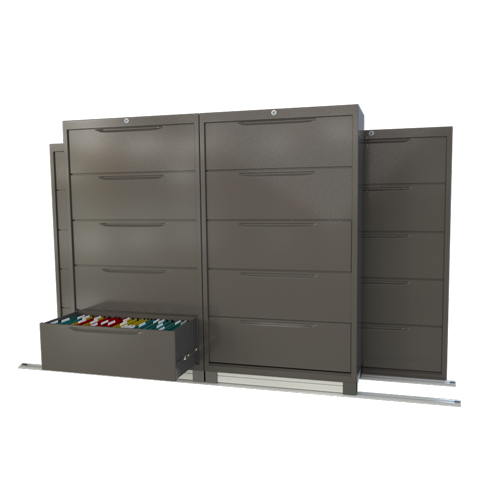
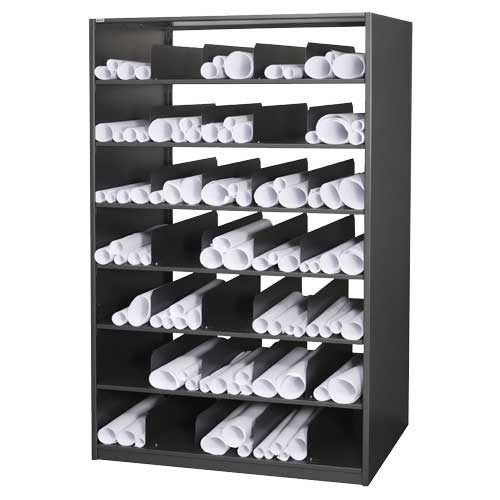
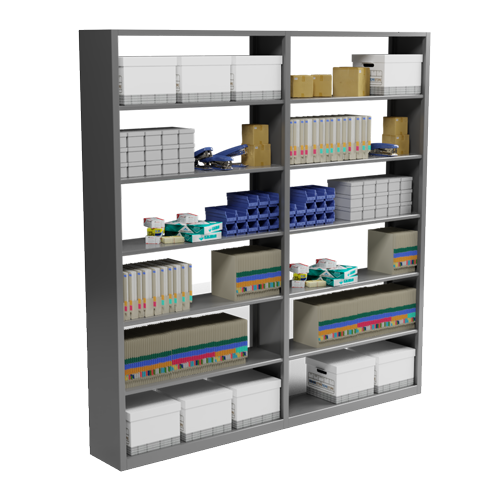
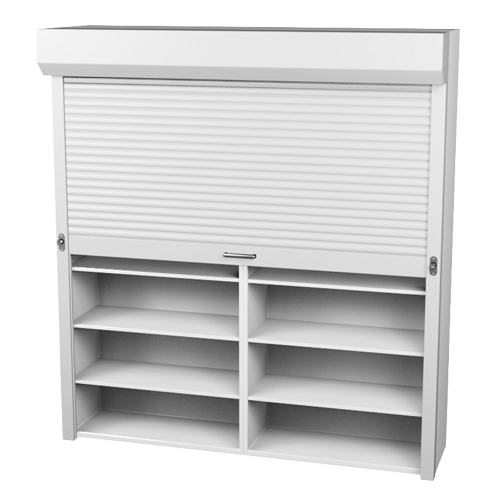
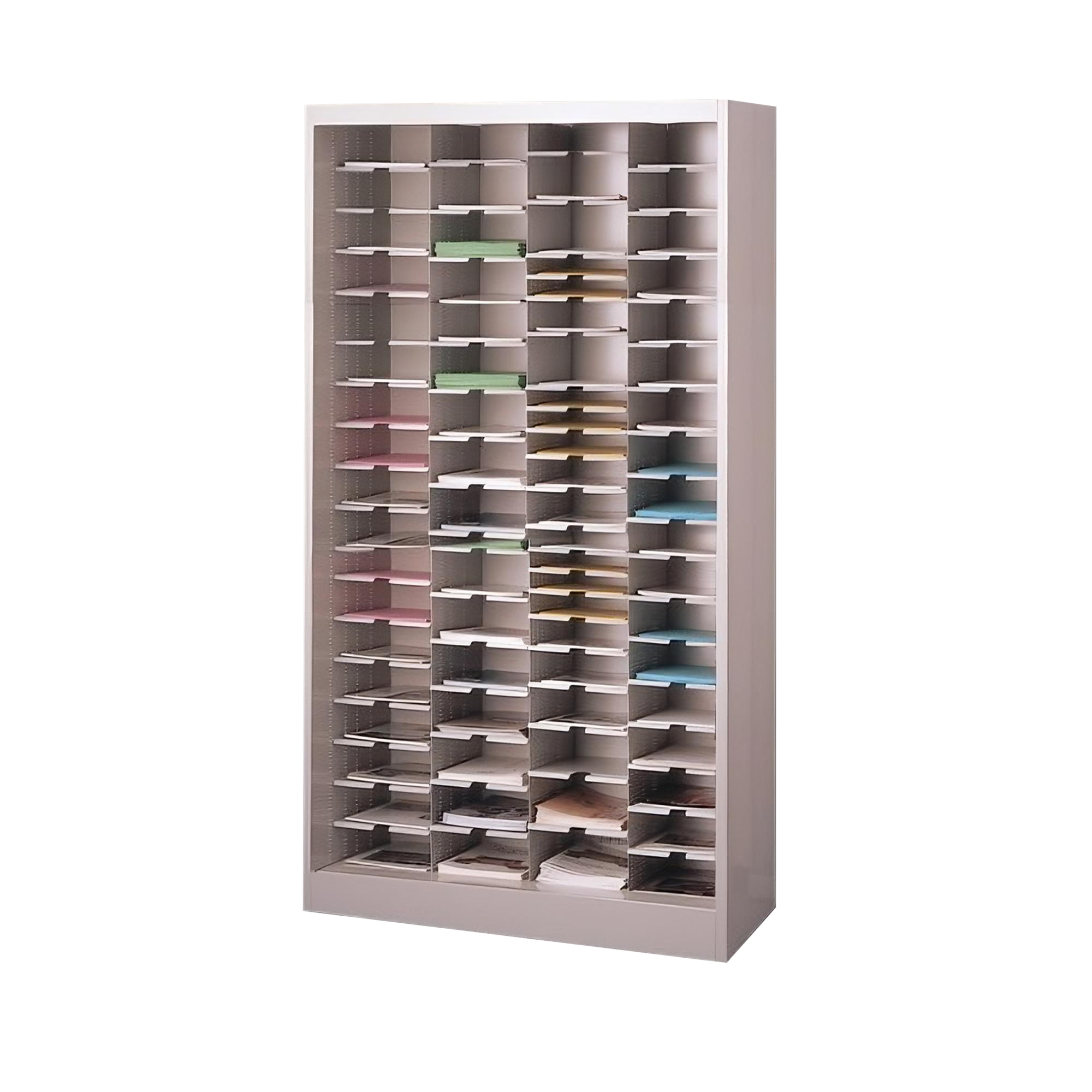

Contact Us for Paper Filing Systems
Now you have a good idea about what paper-based filing systems entail, how it works, the need for file shelves and cabinets, and more on this important topic. Southwest Solutions Group® provides design and installation services for paper filing systems. Free consultations are available to determine you and your business’s exact needs before the design process begins. To learn more or to speak with a storage specialist, call us at 1-800-803-1083 or send us a message today.
Resources
-
Barcode file scanning tracking-119497 -
Color coded file folder labeling texas oklahoma arkansas kansas tennessee-119498 -
Color coded one piece file labels texas oklahoma arkansas kansas tennessee-119499 -
Color coding helps eliminate misfiles-119500 -
Color labeled file folders side tab files-119501 -
File folder labeling software texas oklahoma arkansas kansas tennessee-119502 -
File label printer systems texas oklahoma arkansas kansas tennessee-119503 -
File labeling systems texas oklahoma arkansas kansas tennessee-119504 -
Folder label printing system texas oklahoma arkansas kansas tennessee-119505 -
Gbs color coded file labeling texas oklahoma arkansas kansas tennessee-119506 -
Legal file pocket labeling colored case file labels-119507 -
One piece colored file labels texas oklahoma arkansas kansas tennessee-119508 -
Open file room shelves with colored file labels numeric file labeling-119509 -
Open file shelves texas oklahoma arkansas kansas tennessee-119510 -
Smead file folder labeling texas oklahoma arkansas kansas tennessee-119537 -
Smead file labeling products texas oklahoma arkansas kansas tennessee-119538 -
Top tab and side tab two tab file folders-119539 -
Top tab filing color file labels smead folders-119540 -
Top tab pendaflex folders alphabetic filing labels colored labeling-119541 -
Virtual file labels texas oklahoma arkansas kansas tennessee-119542




